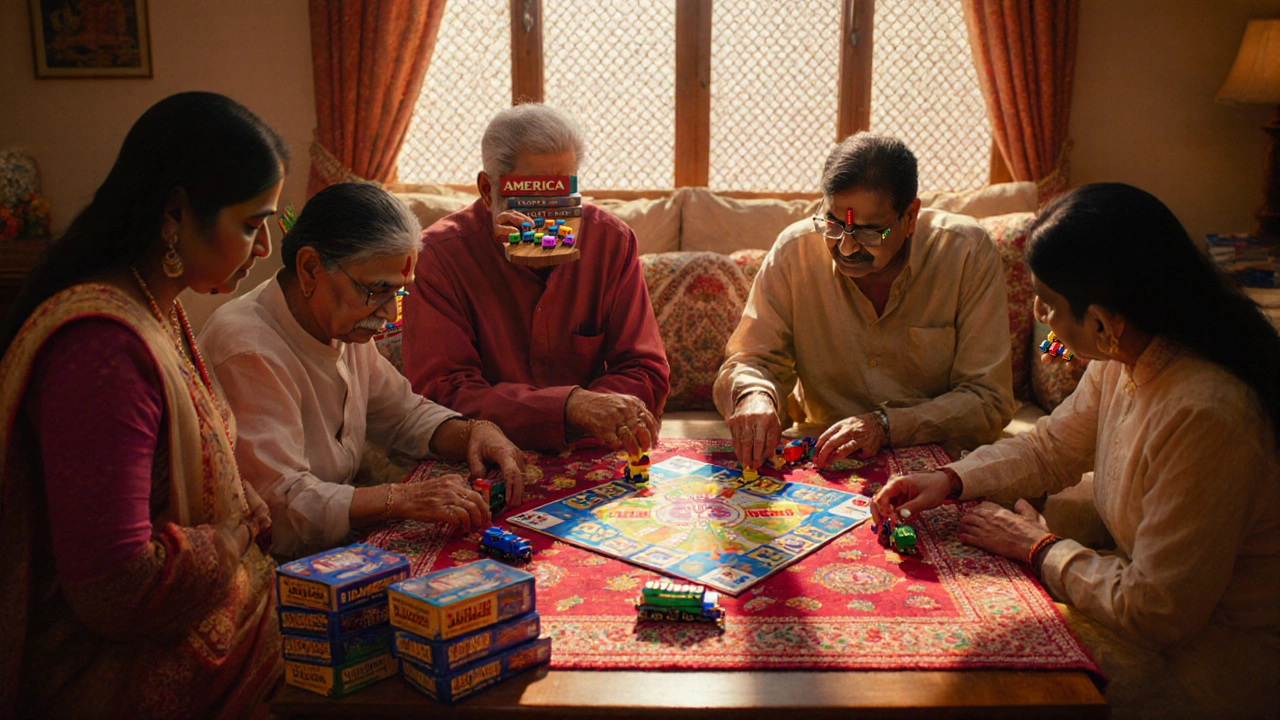SEARCH
Ticket to Ride America Train Count – Simple Tips to Play Smarter
If you’ve ever stared at a pile of colorful train cards and wondered how many pieces you really need to finish a route, you’re not alone. In Ticket to Ride America the train count is the hidden score‑keeper that tells you if a route is within reach or a wasted effort. Let’s break it down in plain language so you can stop guessing and start winning.
Understanding Train Count
Every route on the board shows a number of train cars required to claim it – that’s the train count. A short 1‑car route between two nearby cities looks easy, but it also gives you only a few points. A long 8‑car stretch across the country costs more cars, but the point payoff is much bigger. The key is to balance the number of cars you have left with the points you’re aiming for.
At the start of the game each player gets a fixed pool of 45 trains. You can’t exceed that total, so every move reduces your future options. When you’re down to 10‑15 trains, each decision feels heavier because you’ll be forced to finish before you run out.
Another thing to watch is the “train count” displayed on your destination tickets. If a ticket asks for a route that needs 12 trains total, you have to plan ahead – you might need to break that ticket into smaller segments or grab extra cards to avoid getting stuck.
Practical Tips to Manage Your Trains
1. Prioritize high‑point, low‑train routes. Some routes, like the 5‑car Chicago‑Toronto line, give 15 points – a solid return. Look for similar deals early when you have the most trains.
2. Keep an eye on opponents’ trains. If a rival is close to finishing a long route, you may want to block them even if it costs extra trains. The extra cost can be worth it if it stops a big score.
3. Use the “train count” as a budget tracker. Periodically count how many trains you have left and compare it to the longest route you still need. If the numbers don’t match, consider swapping tickets or taking a shorter side route.
4. Save a few trains for the end game. When you’re down to 5‑6 trains, aim for 1‑ or 2‑car routes that complete your remaining tickets. This prevents a sudden loss of points because you couldn’t finish a ticket.
5. Don’t forget the “train stations” rule. In some versions you can place a station to use another player’s track. This can save a lot of trains if you’re stuck on a long segment you can’t afford.
Finally, practice makes perfect. The more you play, the better you’ll gauge how many trains a typical winning game uses – usually around 30‑35 for a balanced strategy, leaving a buffer of 10‑15 for surprise blocks or last‑minute ticket grabs.
Whether you’re a casual player or aiming for tournament win, mastering train count turns a random draw into a strategic tool. Keep these tips handy, count your cars before each move, and watch your scores rise.

Ticket to Ride America Train Count: How Many Trains Do You Get?

Discover the exact number of train pieces each player receives in Ticket to Ride America, compare it with other editions, and learn how the count influences strategy.
Continue reading